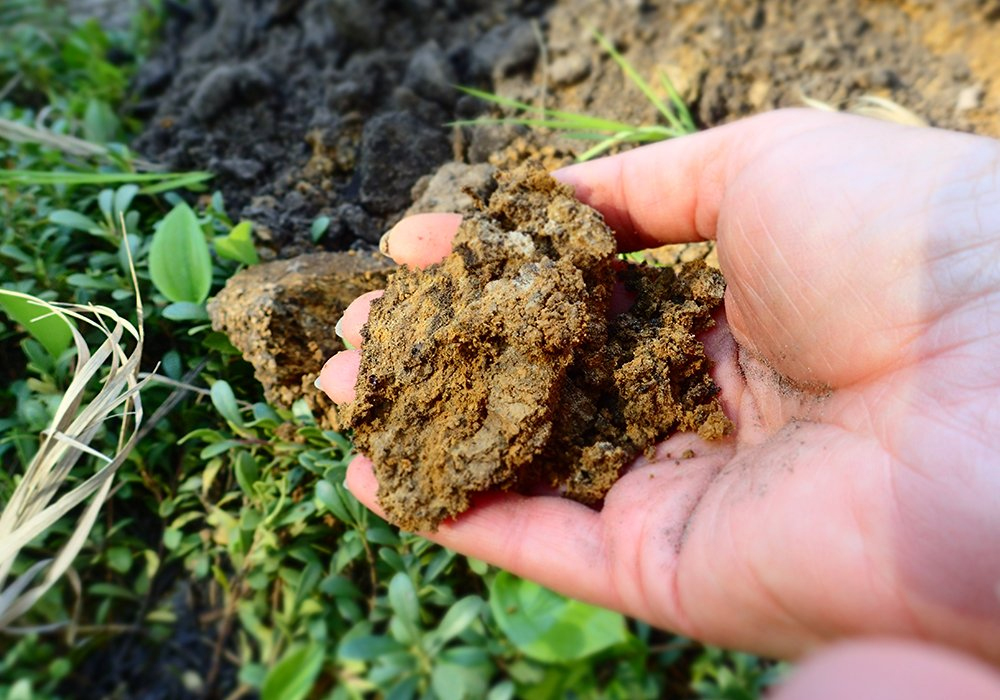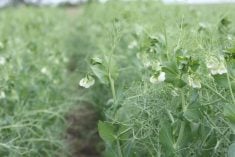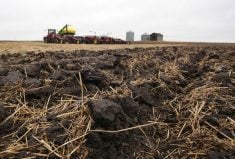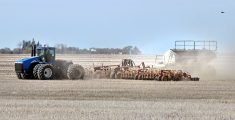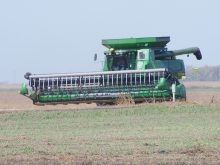The soil’s ability to sequester carbon varies across Canada and developing policies to quantify that capability requires standards that recognize those differences, said the dean of agriculture at the University of Saskatchewan.
Angela Bedard-Haughn, speaking to the federal standing committee on agriculture’s study of the environmental contribution of agriculture, said the prairie soil carbon balance study initiated by the Saskatchewan Soil Conservation Association in 1996 provides important information for policy development.
Read Also

Using artificial intelligence in agriculture starts with the right data
Good data is critical as the agriculture sector increasingly adopts new AI technology to drive efficiency, sustainability and trust across all levels of the value chain.
It found spatial variability within a few metres and further out across climate gradients. And the time-related variability of soil processes is related to management practices and events such as drought.
“When we add in consideration of greenhouse gases, the spatial-temporal variability is exponentially greater and understanding what drives carbon dynamics, both the quantity and persistence of carbon stored, is essential for us to account for that variability,” she said.
“Implementing policy based on soil carbon levels will require rigorous measurement and monitoring standards that recognize these sources of spatial and temporal variability,” she said.
Bedard-Haughn said policies have to also recognize those who have been doing the right thing for years rather than just focus on new carbon accumulations.
“Here in the West, no-till has resulted in tremendous improvements in soil health since its widespread adoption in the ’80s and ’90s, but early adopters were part of the solution decades before we set an arbitrary baseline of 2005,” she said. “How can we reward those early adopters, as well as encourage later adopters to get on board?”
Her final suggestion to the committee was to not lose sight of trade-offs. She said many are looking for the “next great carbon-saving environmental solution.” One example is using crop residue to produce energy.
“This would serve to reduce the amount of carbon returned to the soil and ultimately result in a net loss of soil carbon as carbon dioxide,” she said. “We need to think about agriculture as a system.”
During questioning from committee members, Bedard-Haughn said standardizing methodology for studies across the country, collecting all the data and adopting new technologies are all areas in which the federal government could help.


